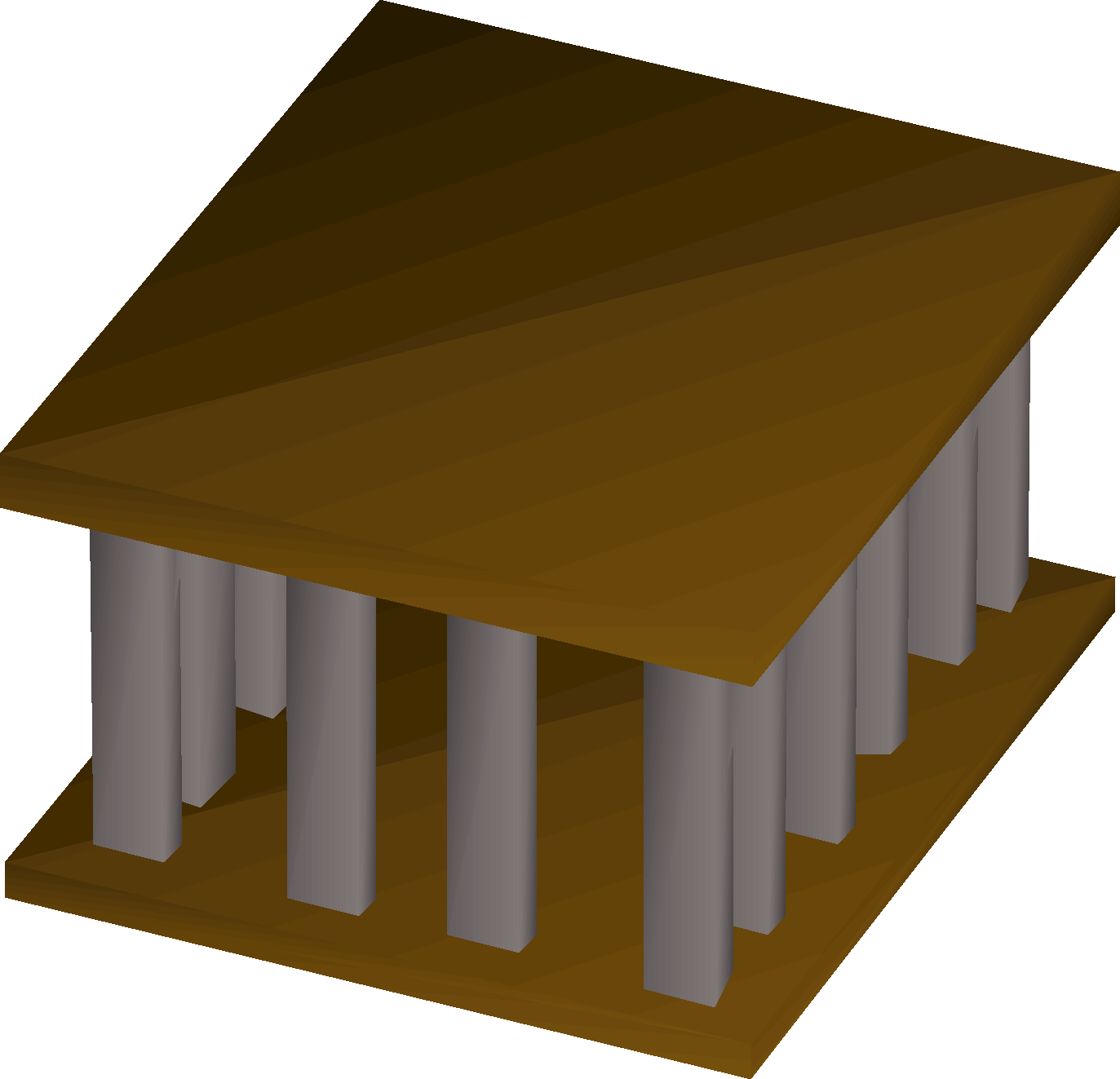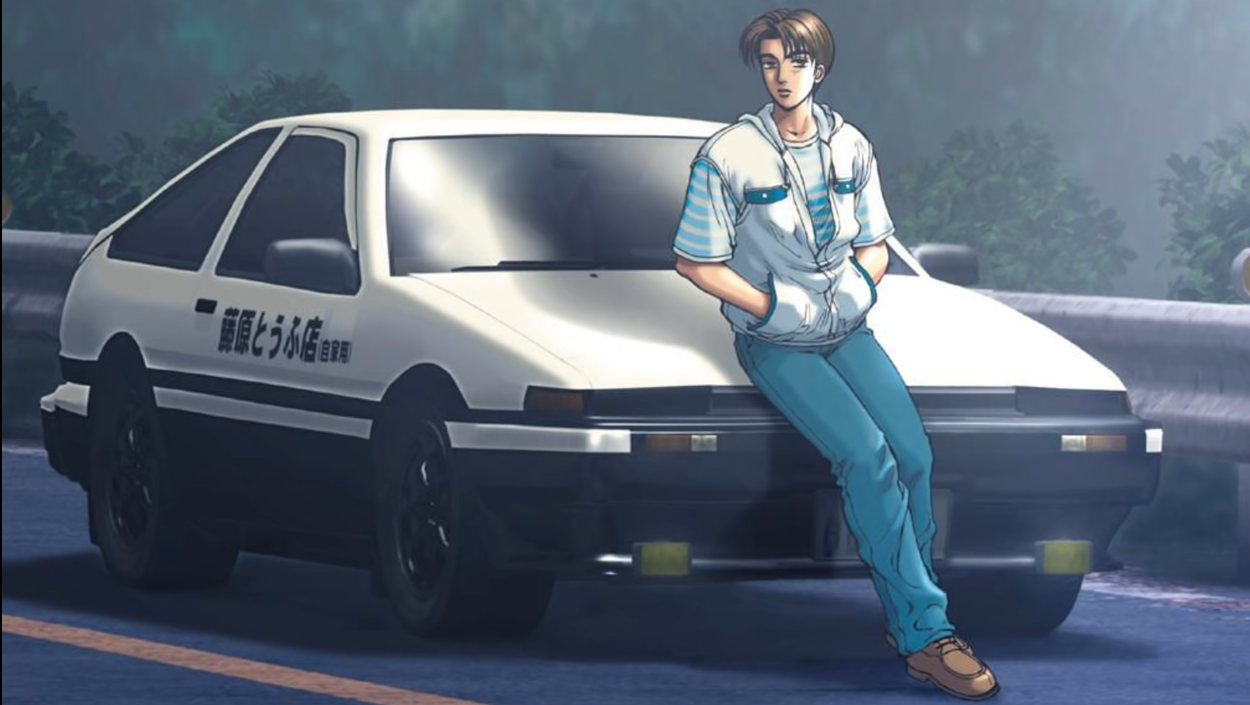- cross-posted to:
- gamedev@lemmy.world
- games@sh.itjust.works
- cross-posted to:
- gamedev@lemmy.world
- games@sh.itjust.works
From Jason Schreier. “The plural of ‘anecdote’ is not ‘data’,” but this is some analysis from Schreier seemingly rooted in many anecdotes. The long and short of it is that development on AAA games tend to routinely hit bottlenecks where entire portions of a team are waiting for some other team to unblock them so that they can continue to get work done.
Dev teams too big and too much spent on marketing.
Dev teams to big? Then we need bigger and better layoffs
Unfortunately, data shows that people prefer to be advertised to over receiving a better product.
I think the data shows that advertisement is super effective, not that people prefer to be advertised. If people preferred advertising over a better product then games like Balatro, Vampire Survivors etc. literally couldn’t be successful, because those games had effectively zero marketing budget. Their success came from word-of-mouth because the game itself was great.
Not so much a preference, more how the human brain work.
Humans prefer what they know, so they will choose a brand that they’ve seen on TV over an unknown brand.
TLDR Bloated staff sizes and poor workflow management means salary costs skyrocket while a lot of people on staff are left waiting for things to do. The article keeps saying the costs aren’t just about better graphical fidelity, but I think this issue is somewhat related because a big chunk of staff are going to be artists of some variety, and the reason there are so many is to pump up the fidelity.
Not that it much matters to me personally. I’ve said before that games have long ago hit diminishing returns when it comes to technical presentation and fidelity. I’d rather have a solid game with a vision, and preferably a good visual style rather than overproduced megastudio visuals. Those kinds of games are still coming out from solo developers and small studios, so it doesn’t affect me one bit if big studios want to pour half a billion into every new assemblyline FPS they make.
As someone who works in corporate America this is 10000% true. Giant corporations are hugely bloated, inefficient, slow, and stupid. I honestly can’t believe they are somehow the best way to do things in groups of people. I have never had less work to do than working in a huge corporation.
It’s no surprise that indie games can compete with them. Working in startups compared to huge corporations, I did more code and we got more done in shorter amounts of time vs big corps. There’s no red tape, there’s no committees or directors or people you have to please. There’s no political games, you just do your work. As simple as that. You come in, you code for 7-8 hours, you push your feature, and you go home.
In a megacorp you come in, you get 5 minutes for coffee before 3 people are pinging you on slack for some stupid downstream thing they didn’t read the manual on or was never documented, and then you have 5 hours of meetings, lunch, 2 hours of ad hoc meetings, and then Shirley has to swing by to ask you to take another HR training. So you get maybe 20 minutes of coding done in a day.
For you engineers who have never coded in a megacorp - As an example, most megacorps have an ID service (usually named after a comic book character). This is usually a real service deployed somewhere that nobody maintains anymore, but it’s where you get your… IDs from. Really wrap your head around that. It’s a microservice who is in charge of returning
Guid.NewGuid(). Then they get pulled into meetings because the ID service doesn’t support this or that, they never thought of this case or that case, how can we upgrade off the old ID service to the new one. In a startup, you’re callingGuid.NewGuid(). I honestly can’t believe they are somehow the best way to do things in groups of people.
Libertarian mythology
Clarification: right wing libertarian
Fair enough
The main issue corporations run into that cause this bloat is a situation like the following: Project A needs 500 people to meet schedule and workload. Project B begins spinning up and will need the same 500 at it’s peak. Project A ends and the workload is really only for 200 people on Project B. Do you lay off Project A folks you know you will need in a year? No, that’s a waste of all the talent/training/know how that was built. So you bloat and carry them until you actually need them. Still have to pay them though
Man, I wish we still got FPS games off an assembly line, and I’m waiting for indies to get out of the Quake era.
Youll probably be waiting for a while since most indies are solo devs. Its hard to make 3D models and textures of the PS2/GameCube/Xbox era quality as a solo dev in a reasonable amount of time, especially for every object a game would need.
The programming isn’t even the hard part. Its mostly the amount of time and work required for making art assets that take the longest in game developmemt.
Games of that era were frequently made a dozen or so people in 18 months. Whether that passes some arbitrary line in the sand for what counts as “indie” or not, I don’t much care; it’s just a market segment that’s been left behind by AAA that I’m waiting for someone to pick up the mantle on. Most genres that AAA have left behind have been filled by now, but FPS games that fit the mold of what we got between ~1998 and ~2016 are still an itch I need scratched. From what I can see on the horizon, there’s Fallen Aces in early access that I’d like to see once it’s 1.0, Core Decay going for a Deus Ex sort of thing, and then Mouse: P.I. for Hire, but I’d still like to see the full package with co-op and deathmatch modes like we got back in the day.
I suspect this is an area where we may see AI assets help speed up development for smaller studios.
That thought is why we don’t have really good games any more, but games made for an engine.
Where are the new C&C, the new Neverwinter nights, the new Commandos (by Eidos), the list goes on.
The new C&C is Tempest Rising. The new Neverwinter Nights has a variety of answers, from Baldur’s Gate 3 to Solasta to Pillars of Eternity, depending on what you’re looking for. Commandos has spawned an entire genre at this point; not only is there a new Commandos coming soon that looks good, we just had a series of three and a half games from the sadly-now-defunct Mimimi that all fit the bill, as well as that game Sumerian Six just last year.
Oh no, you just took all my free time :-) !
Thanks!
No worries. There are lots of kinds of games we used to get a lot of back in the day, but their successors or spiritual successors don’t get the kind of attention or marketing that the industry giants do. Often times, if you miss a certain kind of game, just start searching for “modern games like X”, and you’ll probably find it.
I’ll be there looking for modern Desperados ^^ etc.
Zortch is a neat one, less Quake and more early 2000s FPS feel. Pre-Doom 3, pre-HL2 in gameplay, but with the style of comedy and charm you’d get out of a Shiny Entertainment game. Very much a solo labor of love, and it’s only like $5 if memory serves me right.
Thanks for the recommendation. I’ll check it out. I’ve got Phantom Fury from this past year, and even with a ton of criticism heaped toward it, it was still in the ballpark of what I wanted to scratch this itch.
deleted by creator
Of course the companies pin the graphics as a culprit. Otherwise they would have to admit the mismanagement is the reason they burn through millions of dollars. Mismanagement brings with it another aspect the author did not mention: stress and burnout. Either working too hard, or spinning wheels doing nothing is pure poison to a creative person. Constant direction changes, lack of clear communication, never knowing whether you did well or are on the verge of being laid off - all these make people work harder but output less/worse quality assets.
It’s how all big tech companies work.
It’s because they want to measure the creative process.
Which is impossible to do before it has happened.
So they try, and try, and try, and end up with a complex system where everything is measured, especially any kind of risk which is promptly eliminated and then the result is an expensive nothingburger they sell with extraordinary publicity budgets.
Some times they get a little bit creative and buys up a studio that has made a hit, but then they only try to capitalise on the brand name, not the creativity, while compressing costs, and monitor and remove the risks and thus the creativity.
Rince and repeat.
Rent. Greed. Entitlement. Food deliveries.
To me, what I dislike the most about the direction the industry is going is that consolidating more resources into fewer megagames means there’s less room for experimental side projects and spinoffs. I especially miss all the kinds of B-games that used to go straight to handheld. Of course part of the reason they disappeared because we don’t have handhelds to put them on, but I think that half the reason handhelds died was because publishers weren’t going to make handheld games for much longer anyway.
As games keep getting easier and easier to make. Single or small team indie developers can take on doing those kind of games.
Of course there’s still a lot of cool stuff coming from indies, but there’s a wide spectrum between indie with no budget and AAAA with $10 trillion budget. We’re losing everything that was once in between.
Also, spinoffs. I do like seeing alternate takes on IPs and characters I like, but those are rare now because all the resources go into developing one main project. Like I’ve always wondered, if Splatoon had debuted a generation earlier, what kind of DS companion piece would have accompanied it?
Capitalism.
That’s why.
No need to read articles.











